Renault Duster AWD Review, Test Drive
The Renault Duster, as we know it, had proved out to be a successful formula for the French automaker. For now, Renault has introduced the AWD version of the Duster, and yet again, we've got our hands on one. Here's the full review.
The Duster AWD has been a long time coming. So, can the much-awaited all-wheel drive version of this popular SUV reignite consumer interest? We do our Duster AWD to find out.
In a line-up that hasn’t really been able to cut much ice in the Indian market, the Duster stands out as an exception for Renault. A much-awaited and capable SUV, the Duster garnered huge interest before its launch – and, once launched, it absolutely flew off the shelves with customers across the country making a beeline for it. The reasons for this success were quite evident too. It’s good looking, fun to drive, spacious, and, with its brilliant ride and handling setup, an exception when it comes to driving appeal compared to what the competition offered.
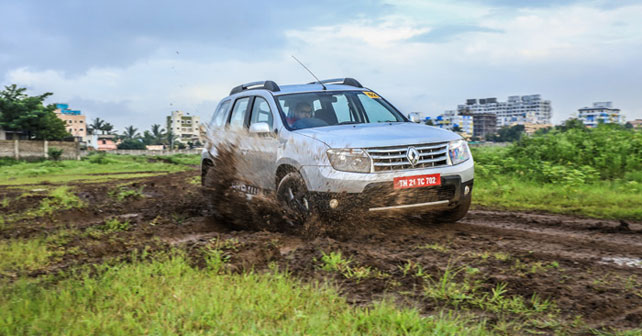
The competition, however, has gotten tougher since then – and the Duster needed a spark to reignite the interest. And so the Renault Duster AWD version makes a timely entry. Interestingly, the all-wheel drive version has seen a lot interest ever since the Duster was first launched. And while the Duster AWD was being produced in Chennai for the export market, Renault has taken their time before introducing it in India.
The primary difference between the two and four-wheel drive variants is the suspension setup, which is completely different on the two versions – other than the obvious addition of the four-wheel drive running gear of course. The suspension setup on the all-wheel drive is completely independent at all four corners. It features a new multi-link setup at the rear, replacing the torsion beam of the two-wheel drive version. As you venture out on the roads in the new Duster, the difference is immediately apparent – it exhibits brilliant ride quality and handles broken roads even better than before, which is a big deal considering how well the Duster rode to begin with. The other big gripe with the Duster was the steering kickback on bad roads, which could virtually snatch the steering from your hand in extreme cases. Well, it seems that Renault engineers have worked on this aspect too, as the kickback – while not completely gone – is far less than before, which is a welcome improvement.
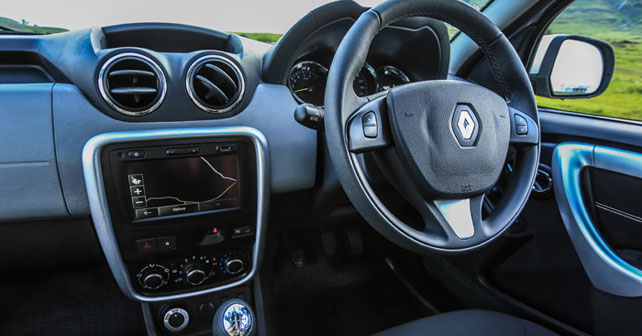
The engine too seems to have undergone some minor changes, as the turbo lag – which, on the 110bhp version, was quite prominent – seems to have been toned down a bit. And, more importantly, the clutch pedal is now much lighter – which would be a relief to consumers who drive the Duster in stop-and-go city traffic.
The electronically controlled all-wheel drive system offers three modes – two-wheel drive, in which only the front wheels are driven, Auto, which automatically distributes power to the rear wheels as the conditions demand, and Lock – in which power is delivered to all four wheels. However, this mode can only be used up till 60km/h – after which the system automatically switches to Auto as it did during our Duster AWD.
To test out how well the system works, we took the Duster off-road and through some slush during our Renault Duster AWD. And I have to say that the all-wheel drive system works pretty well in Auto mode. It certainly handles conditions with poor traction very well. Only when tackling a steep incline, or a big obstacle, do you need to switch to Lock to ensure that power is equally distributed between all four wheels. What helps, of course, is the 205mm of ground clearance, as well as the impressive approach and departure angles that makes tackling such obstacles an easy task without fear of damaging the car.
Along with the all-wheel drive hardware and suspension changes, the Duster has also received some additional upgrades. These include a new three-spoke steering wheel, a revised instrument cluster that now comes with three gauge pods, and some soft touch plastics on the dash. There is also a new touchscreen entertainment system, which comes with built-in navigation. And while the Duster’s interiors retain its comfort, the ergonomics still remain a challenge – with controls positioned in some oddball places. The other bugbear is the angle the touchscreen, which makes it difficult to see in direct sunlight.
On the outside as well, the Duster has been given some minor tweaks – the main changes being the anthracite coloured alloys, along with blacked out headlamps and Renault Duster AWD badging. Honestly, none of this makes much difference – but, given that the Duster is still a handsome vehicle, it doesn’t subtract from it either.
Ultimately, the all-wheel drive version increases the usability of the vehicle in varied conditions – a trait that should definitely see it attract additional customers. Moreover, it remains one of our favourite crossovers – for the fact that it offers a very well sorted ride, good handling, and plenty of space. So, if you need a rugged, all-terrain vehicle that will mostly be used in an urban environment, but can also tackle some slush every now and then, you won’t go wrong with the Duster AWD.
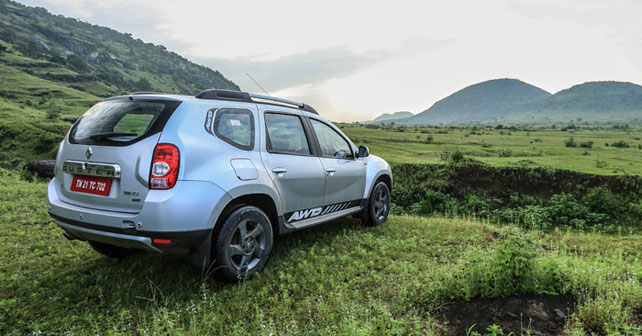
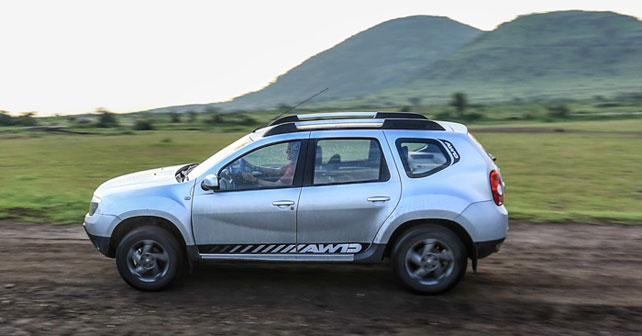
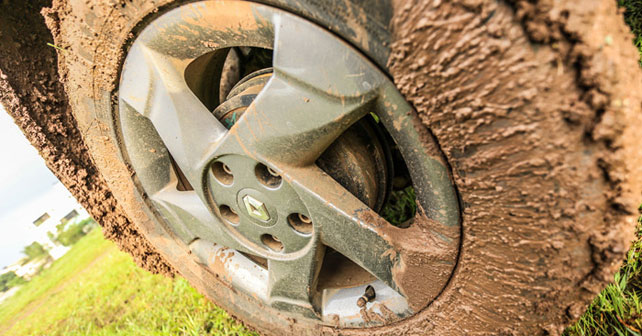
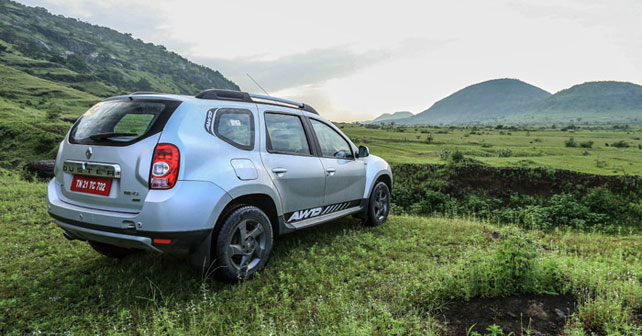
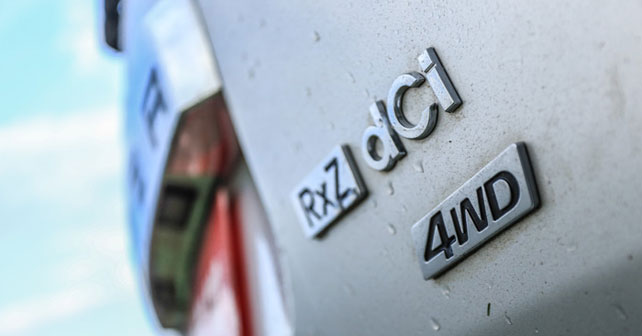
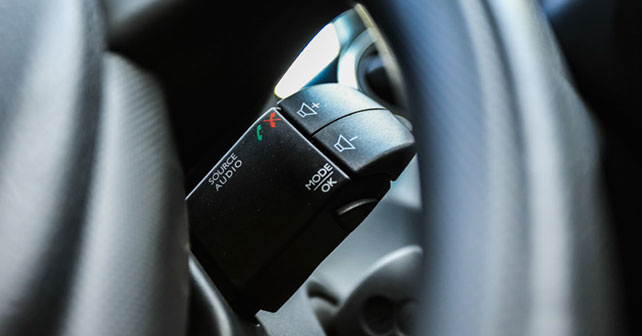
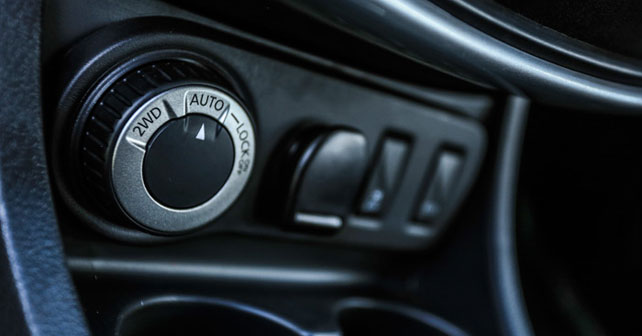
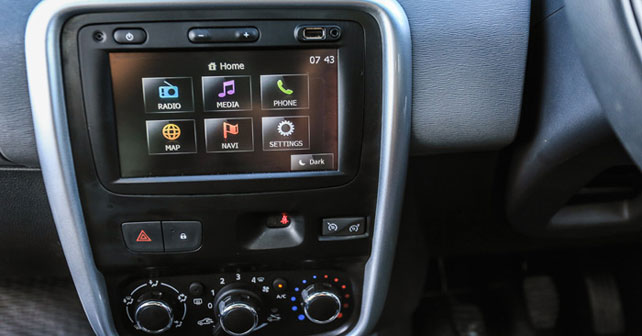
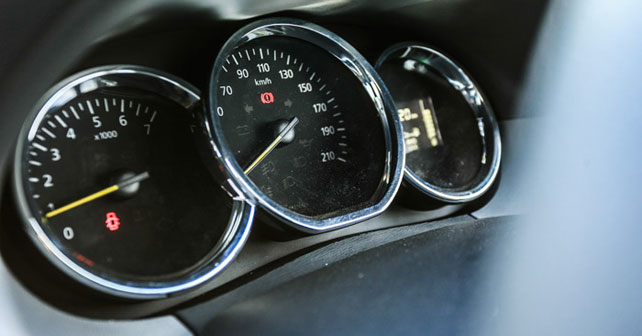
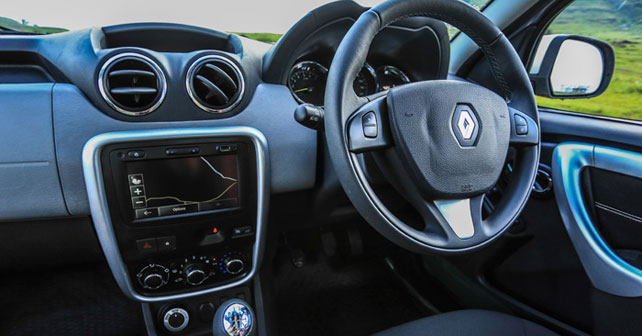
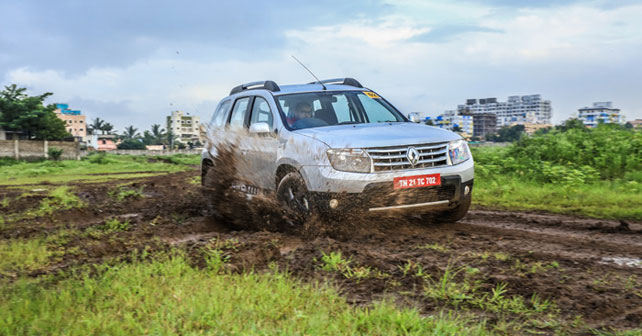
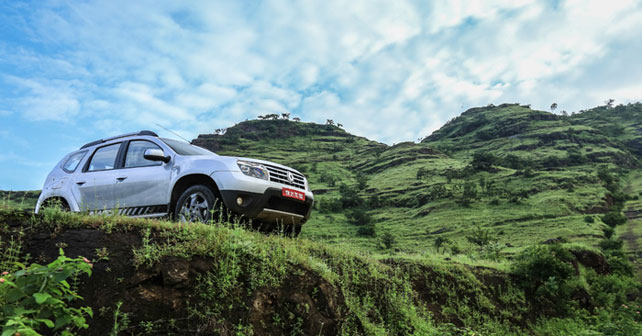
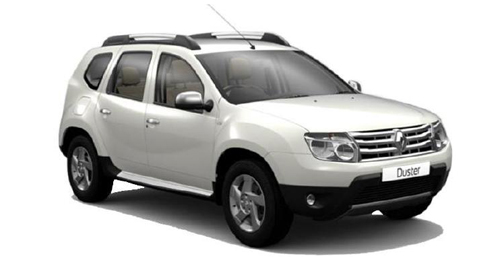
.webp)
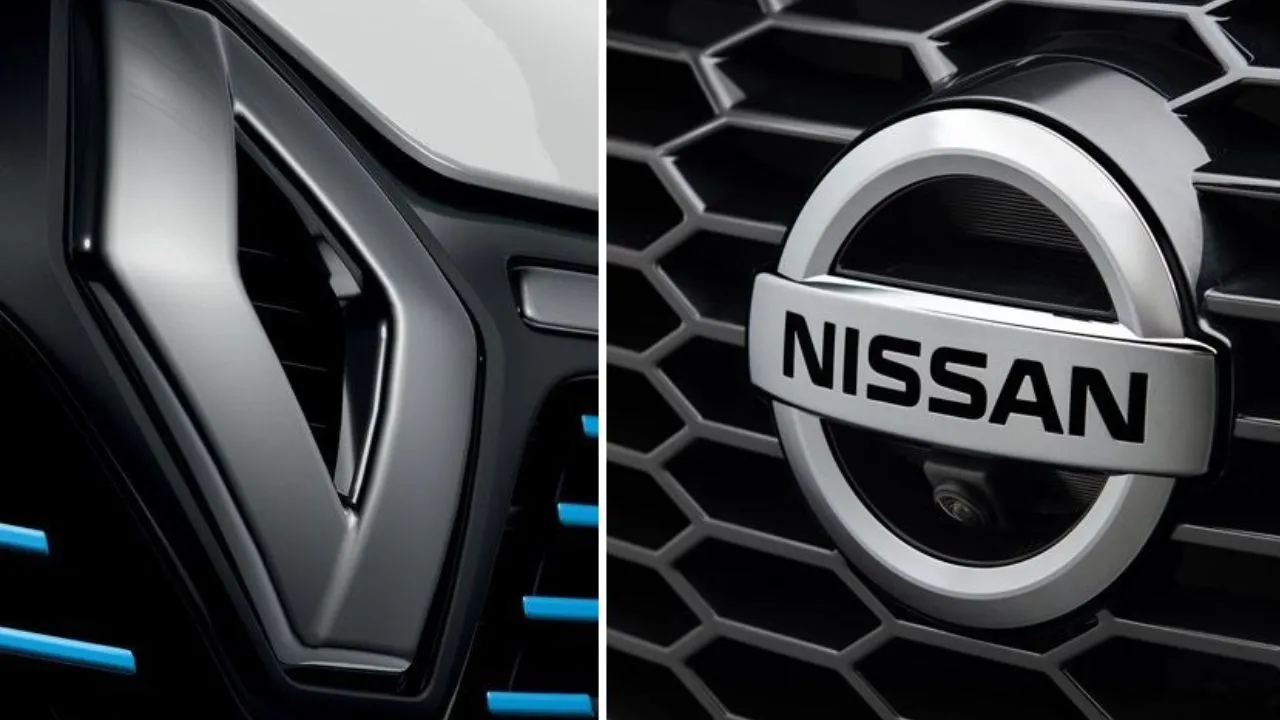

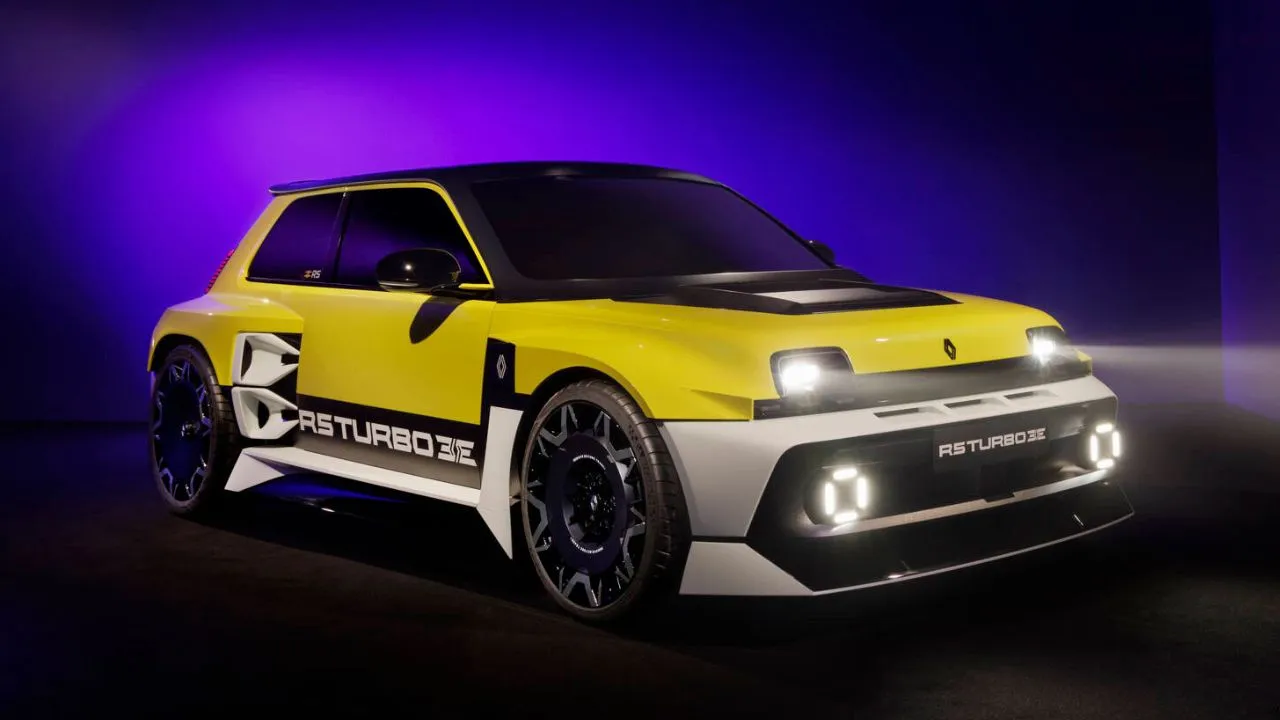
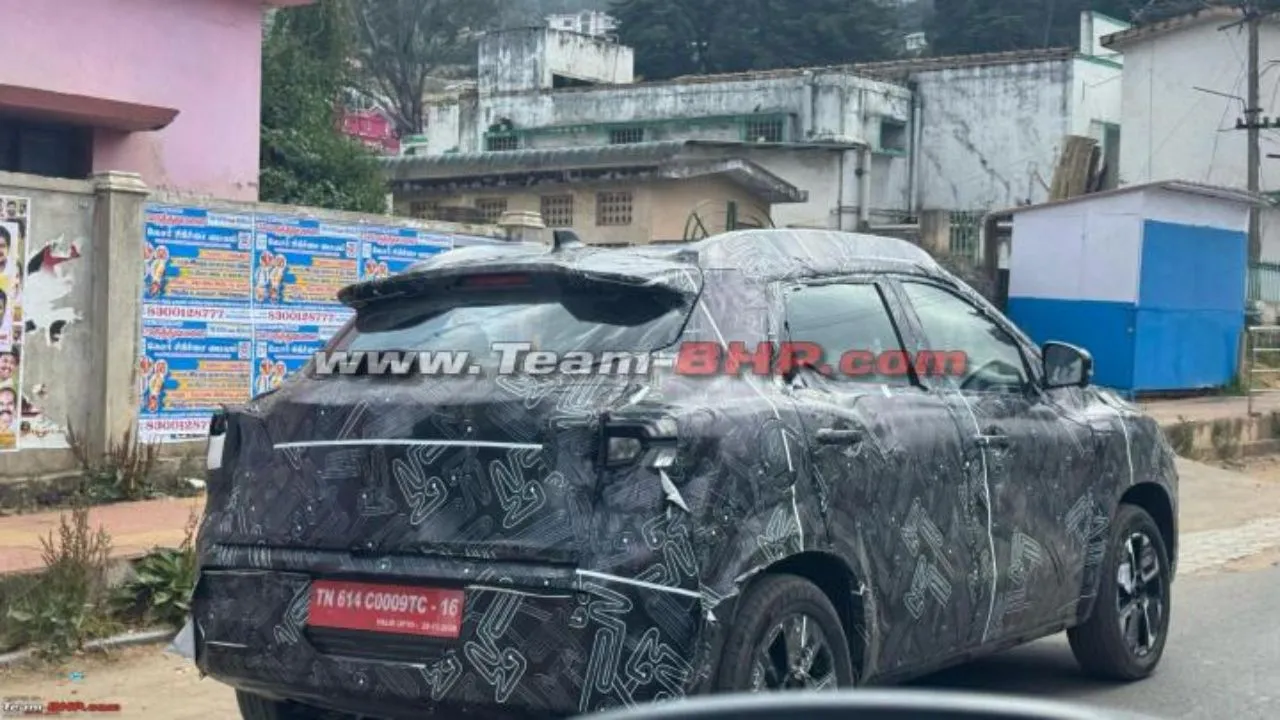
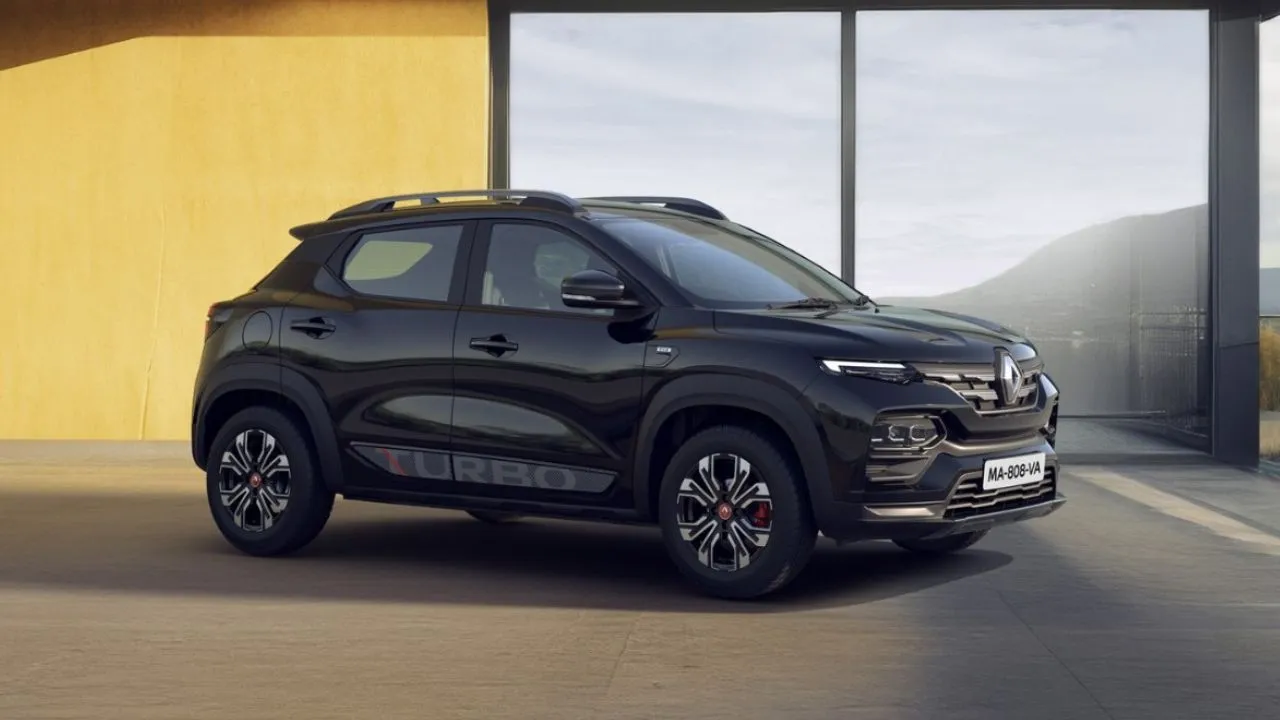
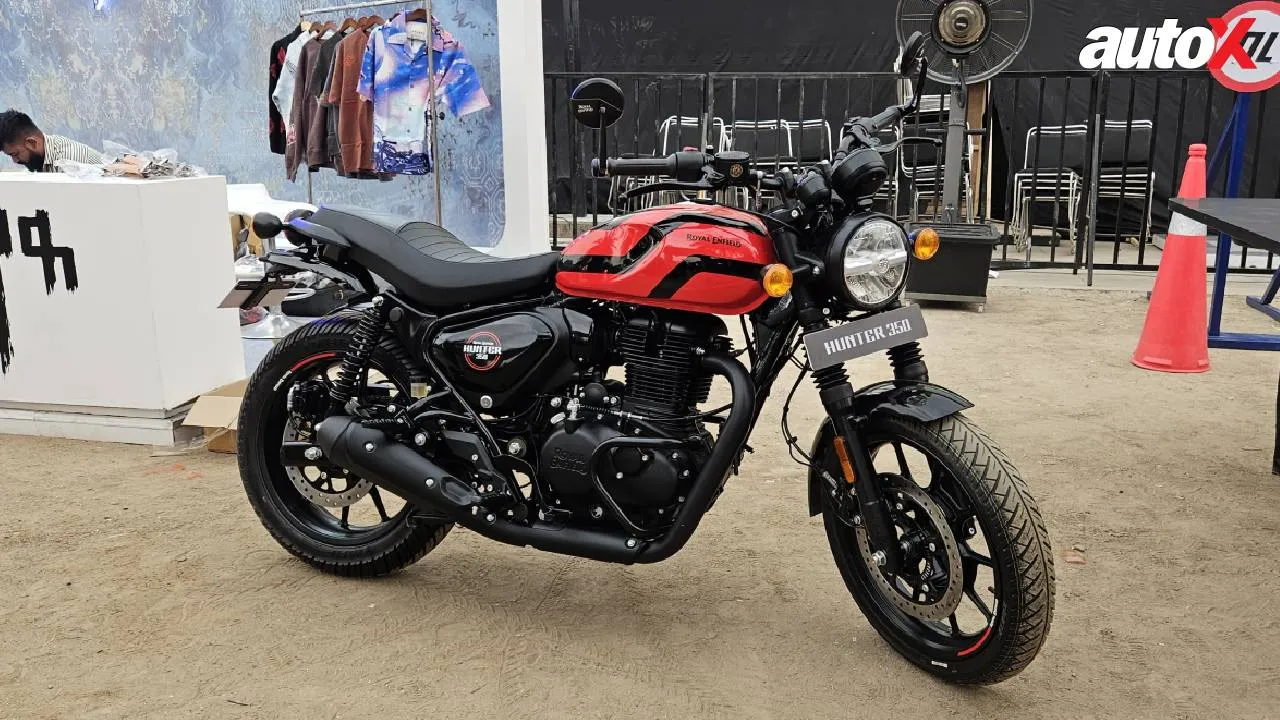
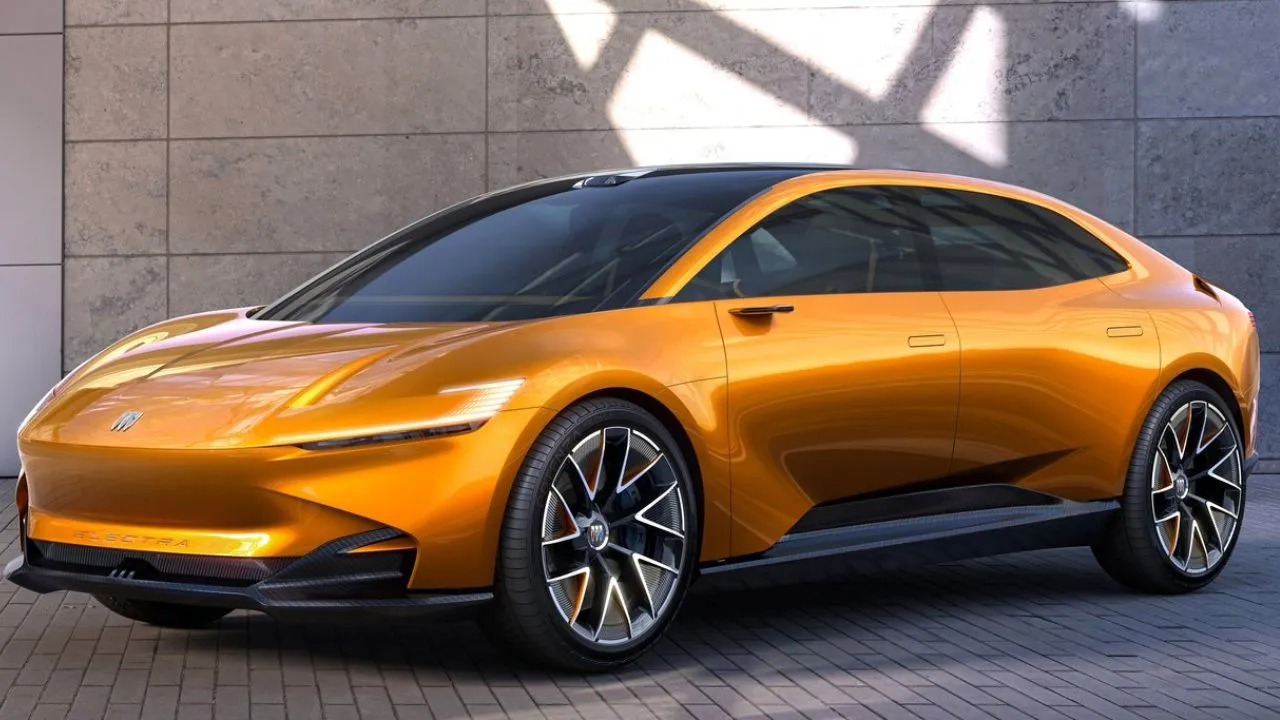
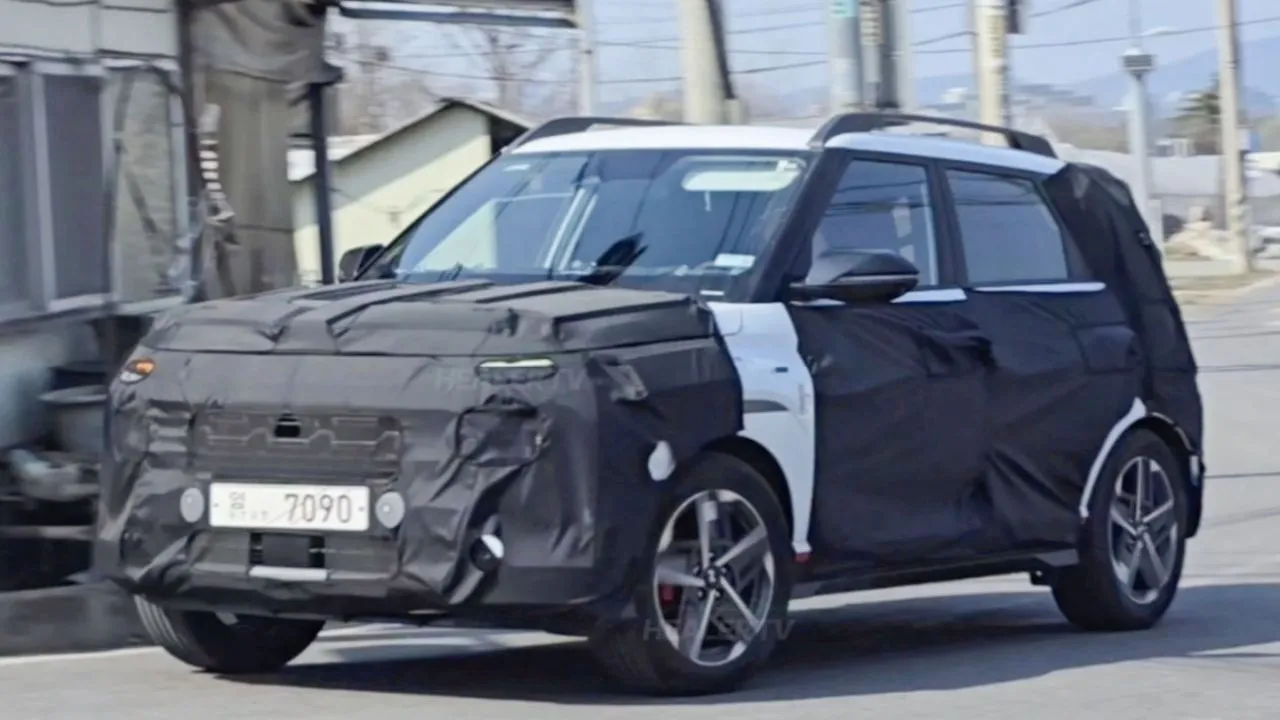
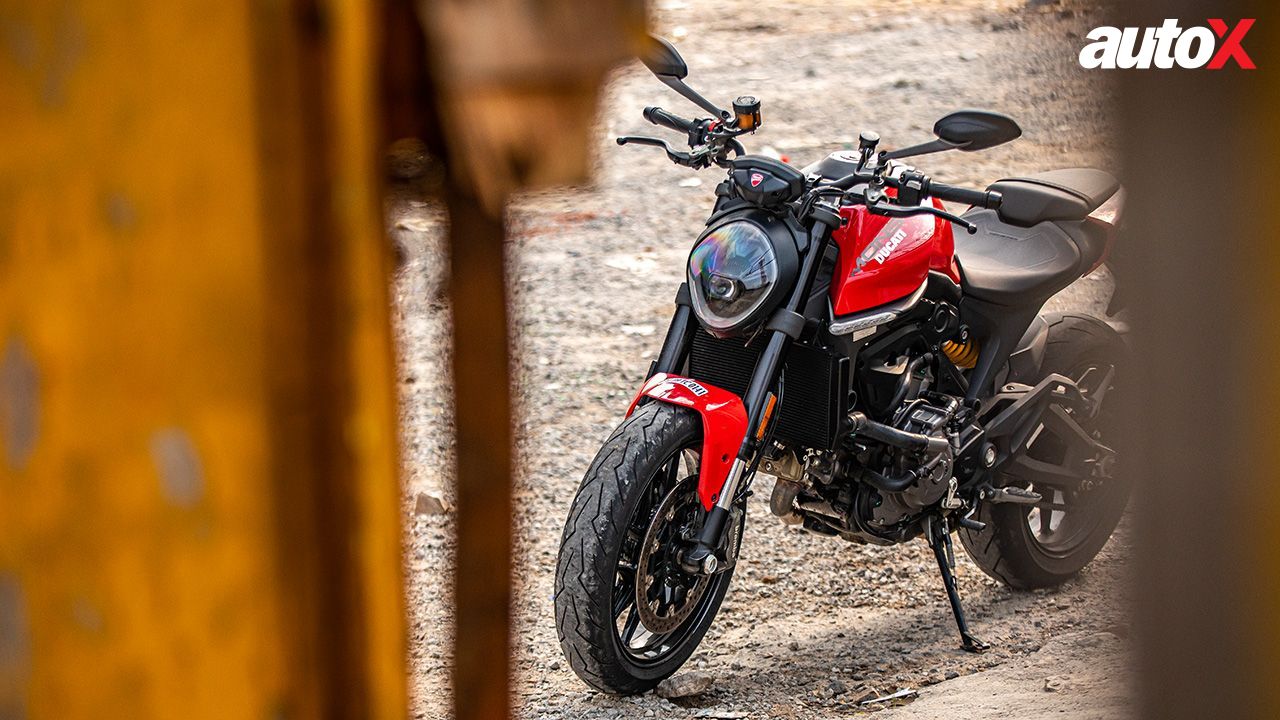
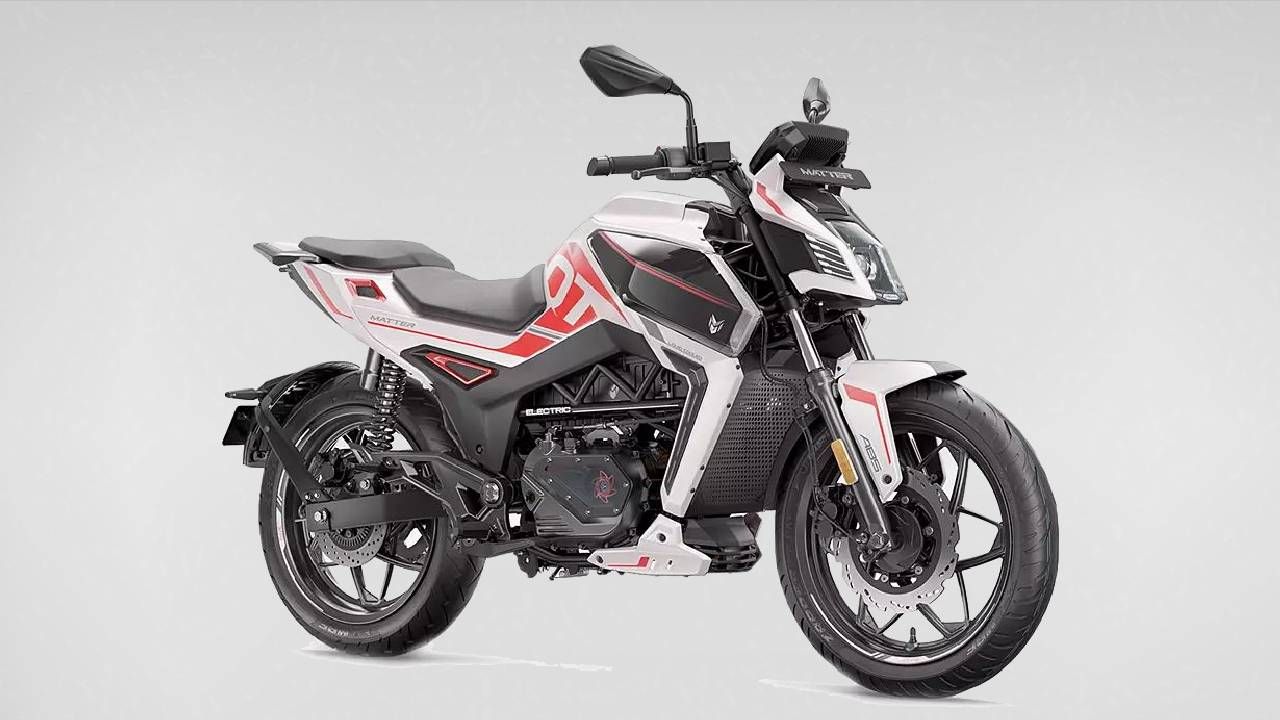



















Write your Comment on